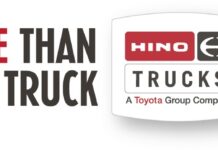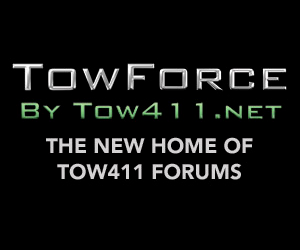What will I do with my business? That answer will have a great and permanent impact in regard to quality of retirement, family values, various tax implications and employee morale! The highest priority in answering this question is planning. The plan for a business transfer needs to be well thought out. There is not a simple nor a single answer.
A report last year by the U.S. Small Business Administration found that small business owners over age 50 were significantly less likely than their employees to have pension or retirement plans, including 401(k)s on their current jobs…
“An owner might be maxing out a 401k and IRA, but the rest of his cash goes into supporting his lifestyle and the company … So, the problem gets bigger—they just haven’t effectively diversified their wealth,”
Many of our clients are facing this dilemma right now. Their businesses are performing better in 2019 than they have in years (in some cases as far back as 2007), and the notion of selling now is being paired off against the idea that the business may be worth even more in five years.
Why doesn’t that make sense? First, you have most (if not all) of your life savings tied up in a highly illiquid asset. That places you at tremendous risk from both an economic standpoint (how many businesses failed during the last recession?) and from a personal standpoint (disease, death, and divorce are just some of the big D’s you are facing). In addition, we have found a large segment of the next generation wants nothing to do with ownership in the business having experienced their parents 24/7 commitment.
During a business transfer some of the issues you need to consider are:
- How to acquire fair market value from my business. Remember you are selling a revenue stream in addition to your hard assets. This is often overlooked.
- Capital gains taxes at federal/state rates can be as high as 30%. These taxes in some scenarios can be eliminated or deferred.
- The recapture tax of IRS section 179 and accelerated depreciation deductions at ordinary tax rates can be devastating!
- Key successor management needs to be identified and in place. If not, business failure typically follows.
Your first major step is to begin the planning process. This typically takes a minimum of two years.
Get Your House in Order
Is my financial house and back room in order. Do I have a history of financial documents? Will they accurately state the financial strength and position of my business? Three to four years of these documents will give the owner a thumbnail sketch of the company’s worth.
EBITDA
Determining the value of your business is generally based on cash flow.
That is earnings before interest, taxes, depreciation, and amortization.
We look at EBITDA or cash flow for those three to four years and then come up with a one-year average. A multiplier (a number indicating the business sector’s future cash flow) is then applied to the cash flow and this will give us a preliminary thumbnail view of the value of your business. For example, in the Transportation Industry that multiplier can be 6 to 8 times EBITDA.
Value of Your Assets
Next, the value of the company’s assets is considered. If hard assets such as fleets, equipment or real estate: how new are they? Have they been well maintained and how do they operate?
As a buyer or an investor, I need to know how much more capital may be needed to maintain the business and keep it growing.
Do I need to get outside professional appraisals on my assets? Will equipment need to get replaced soon? If I have a large truck or van fleet what is the mileage and aging of the fleet? Does mandated technology need to be upgraded? How much money as an investor will I need to spend to upgrade or replace equipment or fleet?
Contracts
How many contracts does my business hold?
Are they private or government contracts, state, local, and municipal? When will they expire?
The answers to these contract issues can significantly raise or lower the value of your business.
Client Mix
A mix of revenue sources affects value! How many clients or customers do you have?
If a single customer generates more than 10 to 15 percent of the company’s revenue, this will have a negative impact on a business value. If a business is bought and that single customer leaves and revenue drops 10 to 15 percent, all or most of the profit has left the business.
That’s one of the top things lenders look at very closely: What percentage do your customers represent as revenue?
Location
 Location, location, location- a key location can add value.
Location, location, location- a key location can add value.
Enjoy the fruits of your lifetime labor!
Don’t let your business go up in smoke from a lack of planning.
In summary, it’s never too early to start planning for your retirement and the legacy of your business. Seek professional counsel as to the current status of it, what processes and procedures need to be put in place, and what options exist for you to extract value for your hard work into retirement. Acting now, might save you value and frustration later.
Steve Ridgley
Pathfinder USA- EVP
2005 Lake Point Way, Suite 201
Louisville, KY 40223
877-332-0228
www.pathfinder-usa.com








